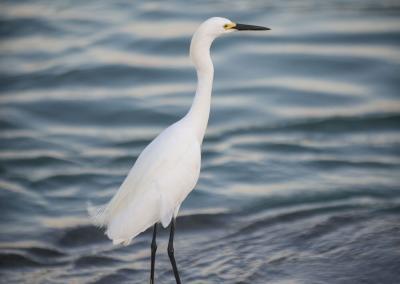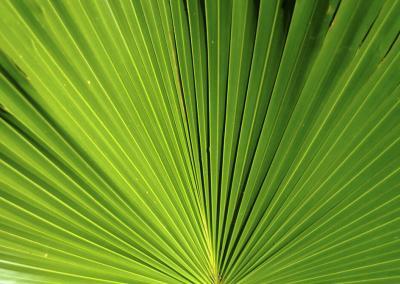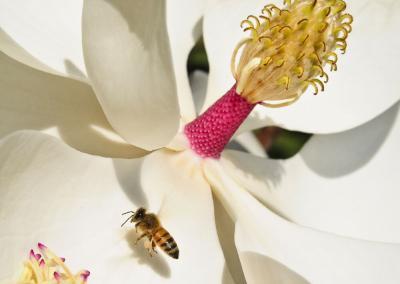Environmental conservation is not just an integral component of the Selby Gardens mission—it’s an everyday commitment. Through our displays and education programs, Selby Gardens helps visitors better understand and support the living world around them. The daily practices of our staff are intended to set an example for others to follow.
Protecting Natural Resources Worldwide
In recognition of the widespread community support for the Ann Goldstein Children’s Rainforest Garden at the Downtown Sarasota campus, Selby Gardens made a financial contribution to Rainforest Trust to protect 10,000 acres of threatened land in the Peruvian Amazon. The gift supported the creation of the Sierra del Divisor National Park, the White Sands National Reserve, and 57 indigenous community territories – vital areas that are home to one of the world’s greatest concentrations of biodiversity.
Commitment to Recycling
Trash receptacles throughout the Gardens’ two campuses are designed to separate garbage from recyclables such as paper, glass, plastic, and metal. Additionally, Selby Gardens strives to have our publications use paper made from at least 30% post-consumer recycled content or better.
Integrated Pest Management
To protect the Gardens and its structures from natural pests, horticulture staff use an effective and environmentally sensitive approach known as integrated pest management. This includes techniques such as keeping greenhouse and plant growing areas clean and eliminating weeds and plant debris, and keeping plants healthy so they can best resist pests on their own.
Water Conservation
The Gardens’ Downtown Sarasota campus uses proven water-management approaches such as focused hand watering, rain shut-offs and irrigation timers, and mulching plant beds with wood from local arborists to conserve soil moisture. There is also a demonstration green roof made of living plant material that is on display.
Eco-Friendly Products
The Garden Shop at Selby Gardens’ Downtown Sarasota campus offers a wide selection of gifts, books, and other items made with eco-friendly and sustainable materials and techniques or that otherwise support those efforts. The Gift Shop at the Point on the Historic Spanish Point campus offers locally sourced honey and other environmentally conscious gift options.
Long-Term Sustainability
The Historic Spanish Point campus is a model of long-term environmental sustainability. Native Americans lived here for thousands of years, apparently with minimal impact on the rich bays and fertile soils that supported them. The early pioneers also lived light on the land, building homes with features that we label as “green” today. Early architectural features included wide roof overhangs to provide shade and large double-hung windows to provide natural cooling. Fresh water was crucial for survival and so cisterns captured every drop of rainwater that fell on their roofs. Wind provided propulsion for the sailboats that provided transportation and commerce.
Today, the Historic Spanish Point campus embraces sustainability through energy and water conservation strategies funded through the Partners for Green Places grant project. Reflective window tint, high efficiency air conditioning and LED lighting help conserve energy while saving vital financial resources. Low-flow plumbing fixtures save precious water just as the early pioneers did. Both the early pioneer designs and the latest conservation improvements allow the Historic Spanish Point campus to demonstrate responsible use of resources and long-term sustainability.



